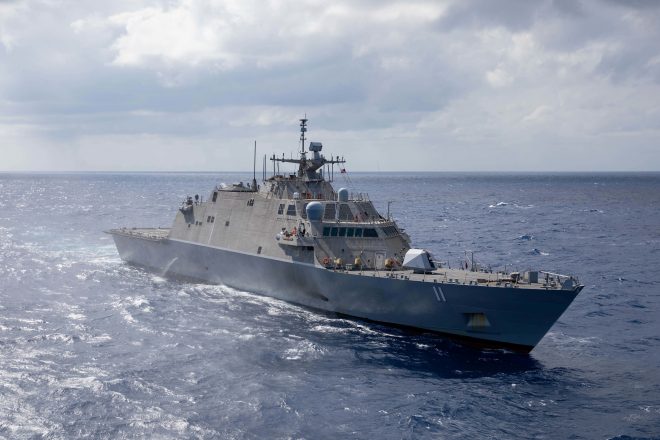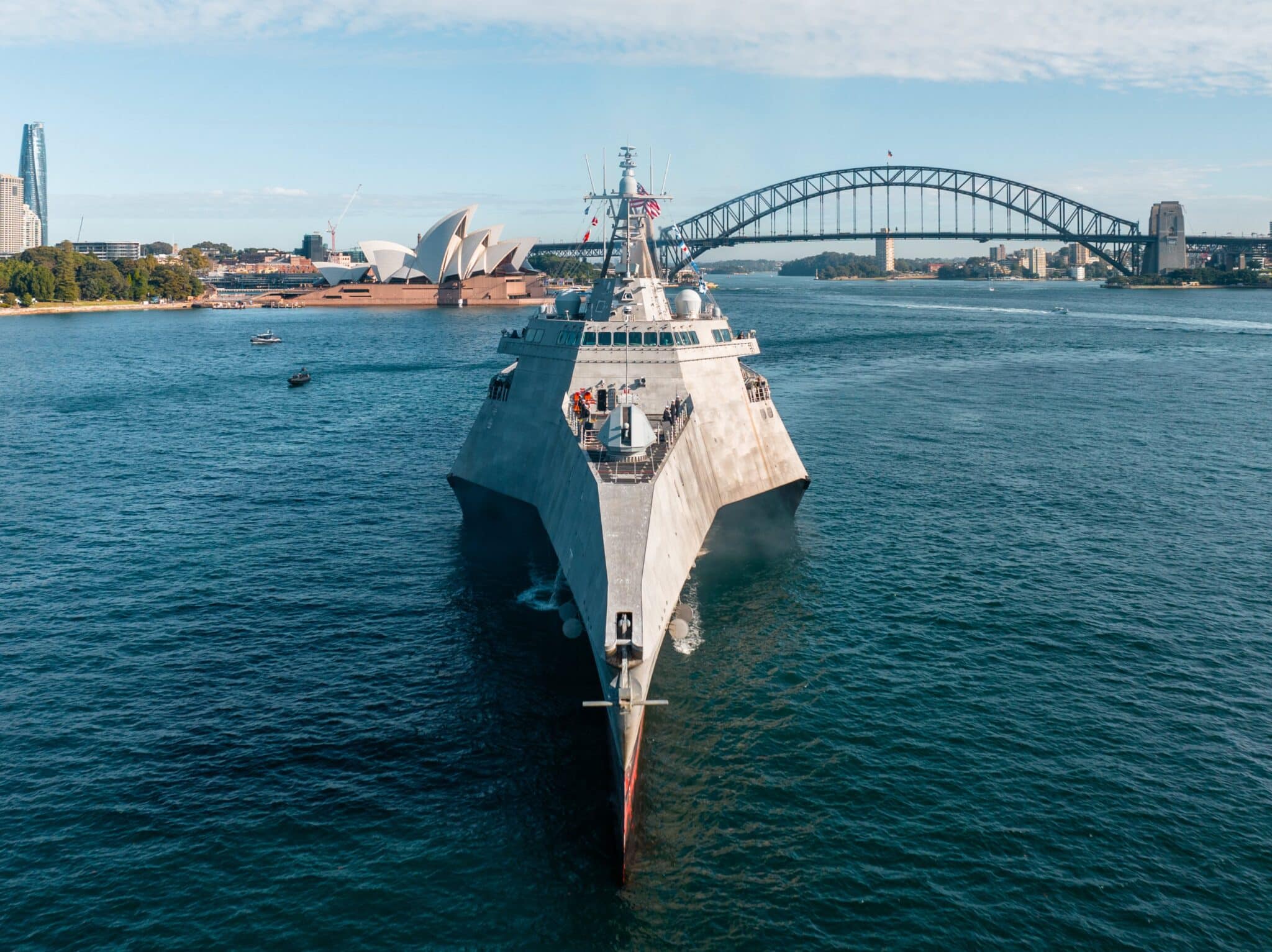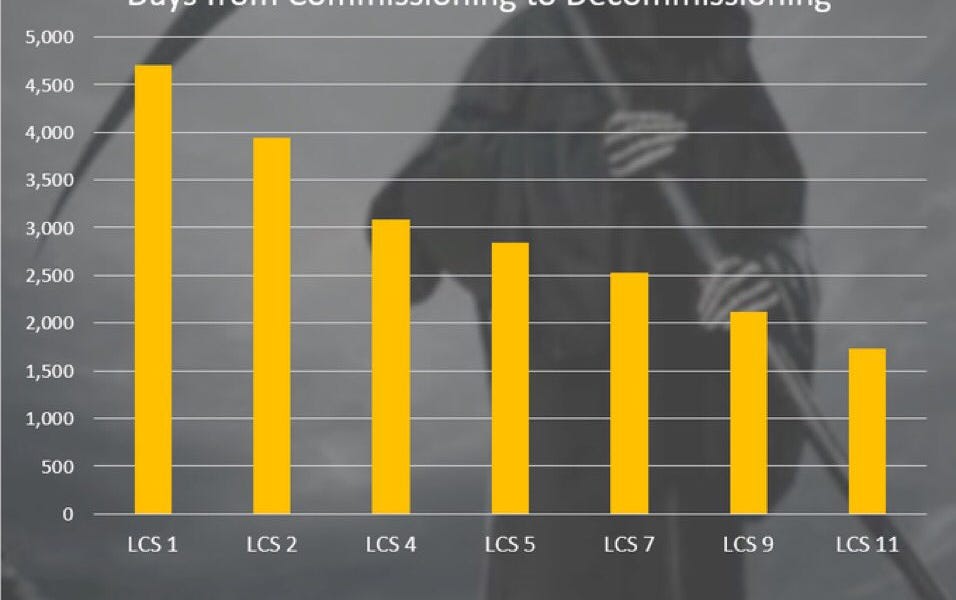FJAG
Army.ca Legend
- Reaction score
- 13,780
- Points
- 1,160
Seems there may be huge problems with the drive train on the Freedom Class LCSs:
See whole article here.
:cheers:
US Navy investigates potential LCS class-wide design flaw
By: David B. Larter
WASHINGTON — Repeated failures in the propulsion train on the Freedom-class littoral combat ships Little Rock and Detroit have raised the specter of a class-wide design flaw that could trigger an expensive reworking of a crucial component on 17 of the Navy’s small surface combatants.
The issue being investigated is whether there is a fundamental issue with the design of the Freedom-class’ combining gear — a complex transmission that connects power from two large gas turbine engines and two main propulsion diesel engines to the ship’s propulsion shafts, which propel the ship through the water with water jets.
A potential class-wide issue with the propulsion train on 17 ships either in the fleet or under contract is the latest in a long string of issues with the littoral combat ship program. Senior Navy leaders have tried repeatedly to set the program aright only to be confronted with stubborn challenges ranging from unreliable engineering plants to glacial development progress on the sensor packages that would give the ships credible warfighting capabilities.
...
The Freedom-class was designed by Lockheed Martin and built at Fincantieri’s Marinette Marine shipyard, which recently won the Navy’s next-generation frigate competition.
...
See whole article here.
:cheers:






:quality(70)/cloudfront-us-east-1.images.arcpublishing.com/archetype/S7HUTNII2ZE6VBQFWVKZZNSQAI.jpg)

